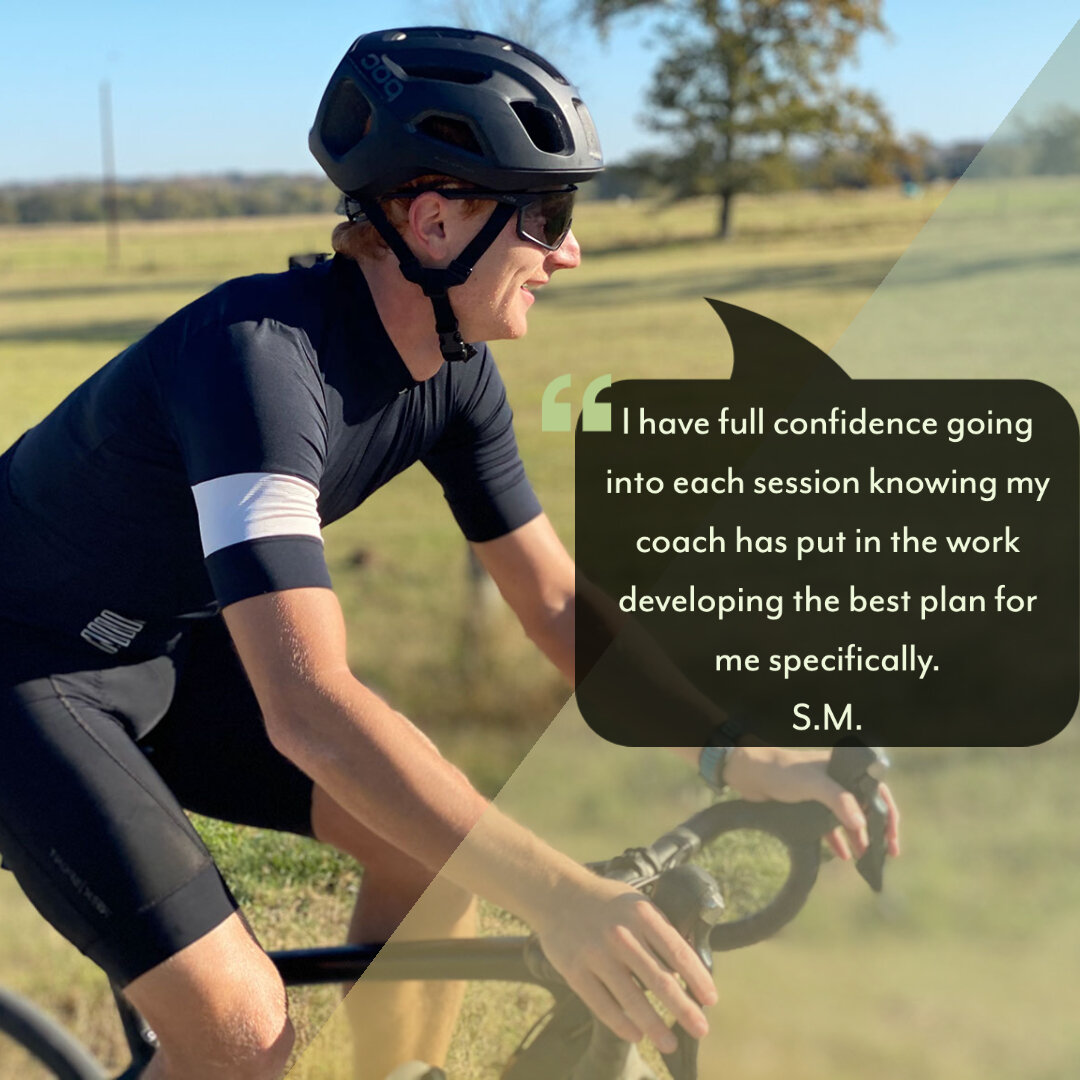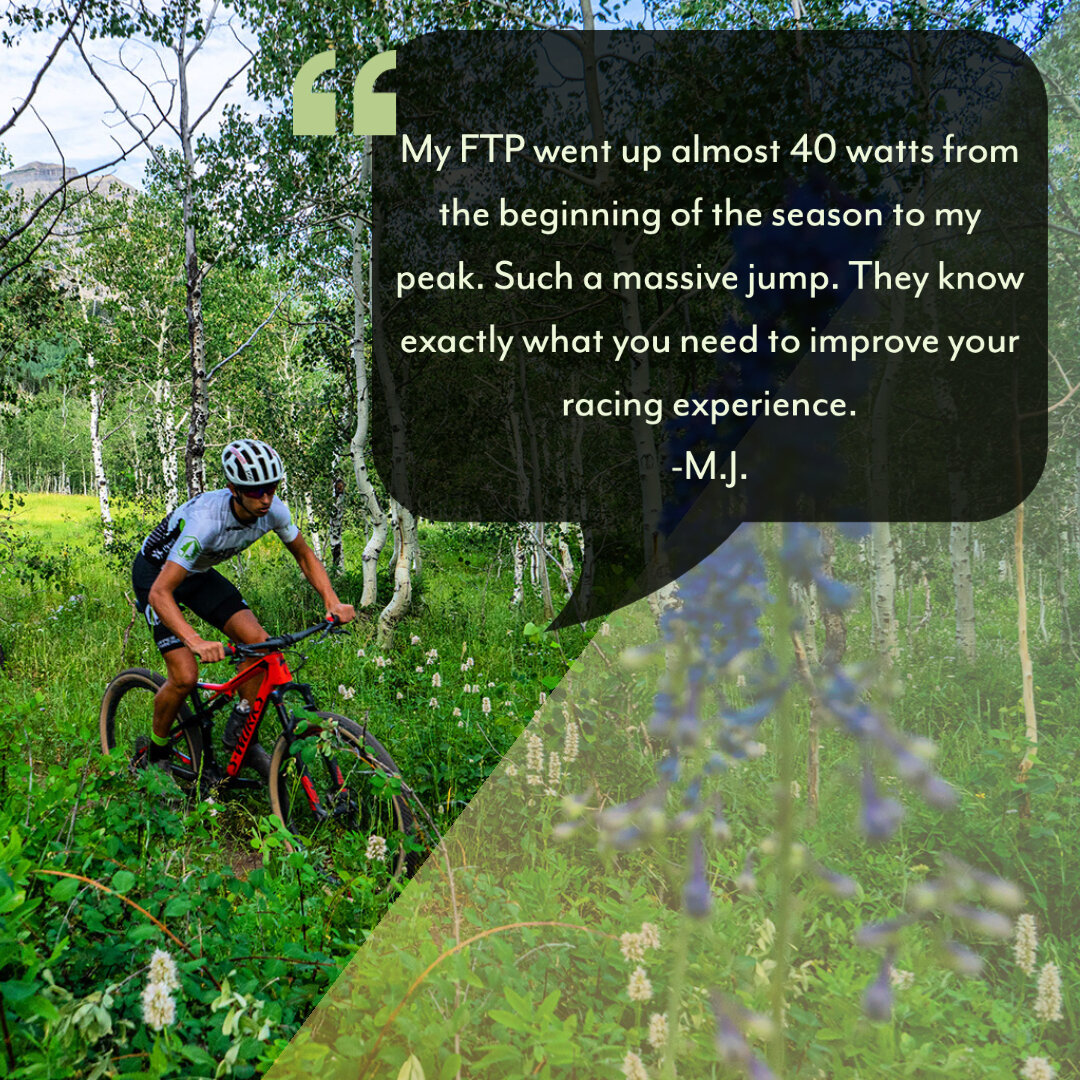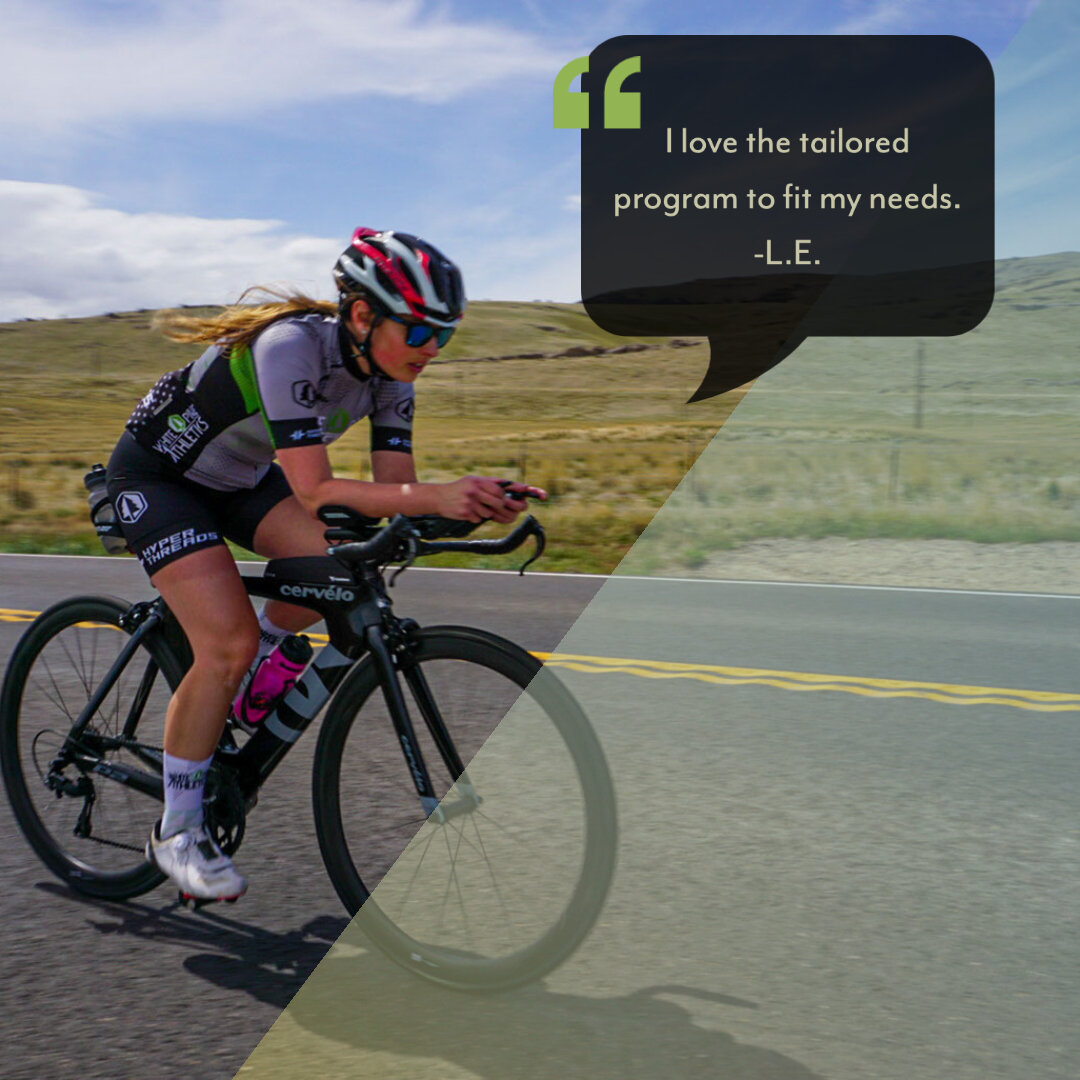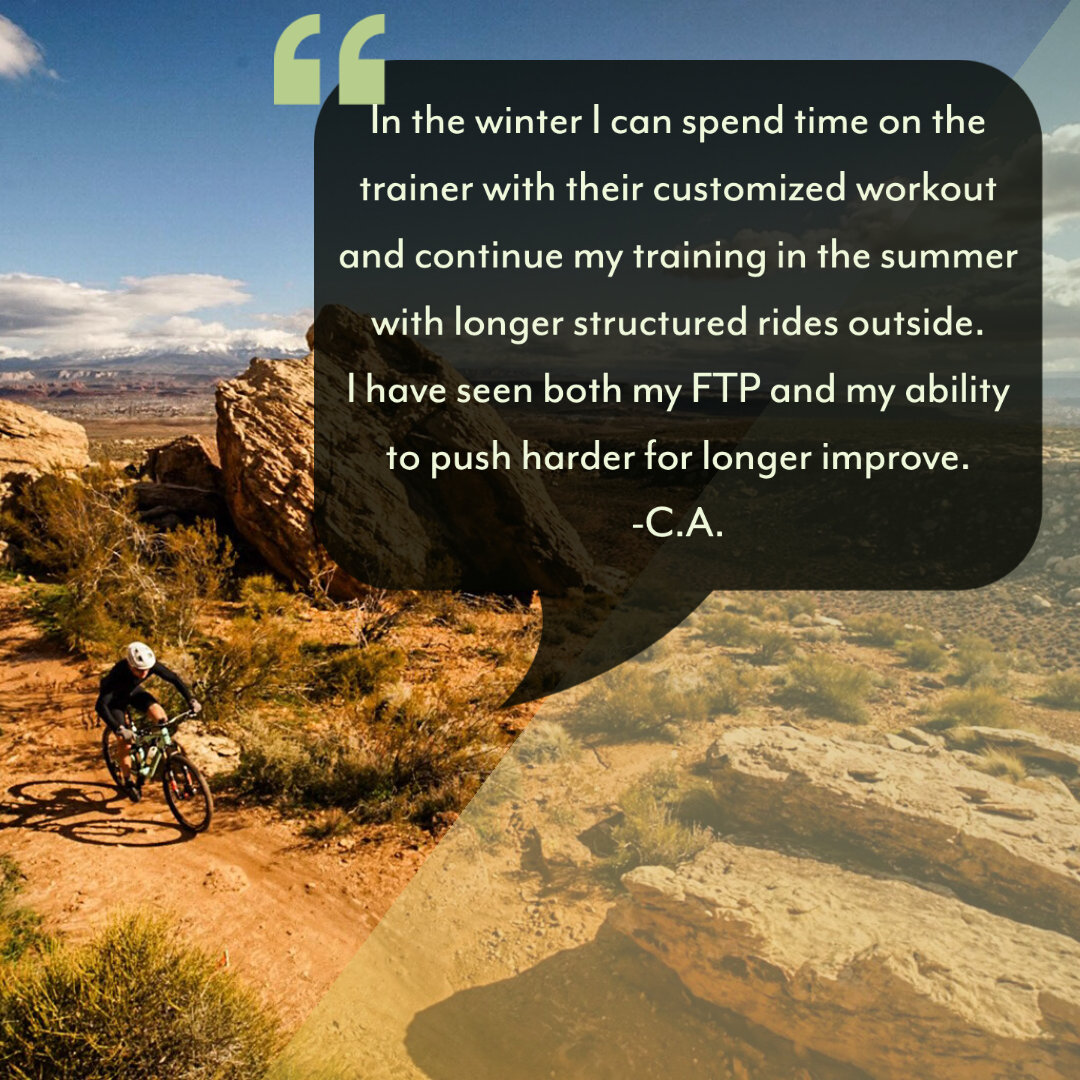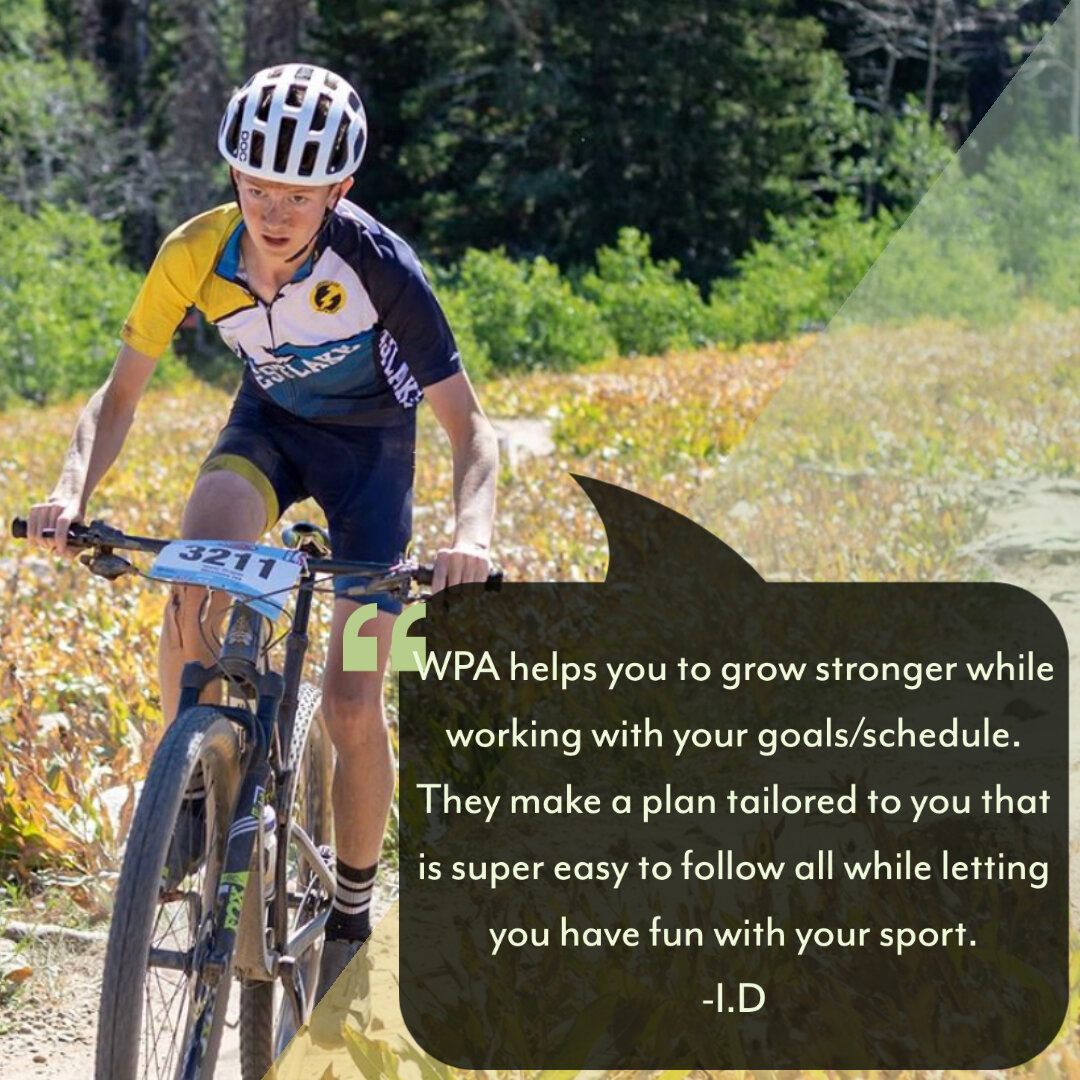by Coach Kyle
In recent years, gravel racing has become a more prominent staple on race calendars - not just in the U.S., but worldwide. However, with the growing popularity and prominence of gravel racing, there are still a lot of unknowns surrounding the topic of training for gravel events. I use the five tips below with the athletes I coach to create a framework that should help to inform training needs for any event.
Identify Your Target Race
The event you choose will dictate almost every significant aspect of your training. Choosing the right gravel event should not be a hasty decision, and should reflect the amount of time you have to train, the style of riding and racing you prefer, as well as fit the capabilities of your bike, equipment, and skills as a rider.
As the discipline of gravel grows, the lines begin to blur around what a gravel race is actually supposed to look like. By far the more popular events seem to follow the ultra-endurance model, with races ranging from 100 miles to upwards of 300+ miles. These are races like the Belgian Waffle Rides, Robidoux Quick and Dirty, and Unbound Gravel. However, there are a significant number of events in the sub-hundred category as well that might lend themselves to punchier and more aggressive forms of racing. Whichever race you choose, make sure it checks all of your boxes, and start building your excitement to train.
Analyze the Needs of the Course
As I mentioned above, more than anything else, the course you select is going to dictate the volume and intensity of your training. Using the ultra-distance model as an example, your training volume and intensity is going to look a lot different for a 200 mile event than it would for a 65 mile event.
When sitting down to build your training plan, it’s important to look over the entire course profile and tailor your training around the style and features of the course. You can then use this information to determine your power profile needs. For example, if you know the course is mostly flat, but sprinkled with a handful of 20-minute climbs, you can shape your training to build up your peak 20-minute power, as well as focus on your repeatability at that power and duration. On the other hand, if your course is dead-flat, perhaps centering your training around building an ability to maintain a hard tempo pace, but with the ability to launch and counter attacks by adding in repeated efforts at or above your threshold, then settling back into tempo.
Finally, look at the technical aspect of the course. Is it a flat course more reminiscent of a time trial? Or is it filled with steep, chunky single track descents? The technical demands of the course are just as important as the profile of the course, and should give you a clue as to which skills to train on the bike. A great example is the most recent BWR Cedar City, where there were sections of flat and fast hardpack, rocky single track, and long stretches of bottomless quicksand. Each of these styles have different skill and energy demands - do your homework, and show up ready for everything.
Develop a Pacing Strategy
When lining up at the starting line, you often overhear a few racers mentioning their only strategy being “just to finish”. While deep down that is often the goal for most of us, it’s generally those without a plan who tend to suffer the most. By using the information gleaned through the steps above, you can start to piece together a pacing plan that suits your style of racing, event goals, and ultimately, the overall structure of your training sessions.
With the athletes I coach, I try to break pacing down to two different models: parabolic pacing and positive pacing. Which model you choose to employ will again, depend on your overall goals for the race. Most athletes whose goals center around completion (the survival model), rather than a goal time or results (competitive model), tend to unknowingly adopt a positive pacing model. Positive pacing is where either power (or speed) decreases throughout the course of the event. Simply put, you finish slower than you started. If you were to look at this as a power curve in TrainingPeaks, the graph would steadily drop closer to the x-axis throughout the race.
On the other hand, parabolic pacing would like a “U” or “J” on a power line- where power output is high at the start, then tapers a bit for the bulk of the race, before again rising towards the race’s finale. Parabolic pacing is usually associated with athletes whose aim is to be more competitive in the race. This model reflects the athletes need to be able to put out a good amount of power at the start when groups are forming and your fighting for position at the front. Then, once groups have formed, the race settles down a bit before the power picks up again as riders near the final stretch of the race.
Knowing how you plan to pace, or whether you plan to be competitive or not, allows you to structure your individual sessions in a way that allows your body the ability to handle a high output after an already big day in the saddle.
A common motto of mine with my athletes is “start fast- finish faster”.
Consider and Practice Fueling Needs
As is the case with almost all other formats of racing, fueling can make or break your race day. Similar to cross-country mountain biking, the uneven surfaces and technical features found in gravel racing provides an added challenge to fueling. When you combine that with the fact that you could be looking at upwards of 10-12+ hours on the bike in the ultra distance races, fueling can become a huge logistical concern.
Let’s assume you’re looking at an 8-hour finish time for your target event. Let’s also assume you’re planning on consuming 80-90g of carbohydrate per hour (intake abilities vary between athletes). That equates to between 640g and 720g of carbohydrate over the course of that race. How are you going to ingest those calories? Are you planning on a combination of gels and liquid nutrition? Depending on the gels you use, that’s upwards of 29 gels. Can your stomach tolerate this over the course of 8 hours? These are the questions you need to start addressing sooner rather than later. Put together a fueling plan, test it, revise it, and dial it. Then, on race day, do your best to stick to it. Nothing will squash your dreams like the dreaded mid-race bonk and crawling across the finish line absolutely cracked or realizing too late after 6 hours that maybe a slice of pizza wasn’t a great idea. You’ve heard it before, and I’ll say it again - nothing new on race day.
There you have it: my top five tips to consider for a season filled with gravel racing. No matter the race, if you plan your training with these tips in mind, you will arrive on race day prepared and ready to crush.

